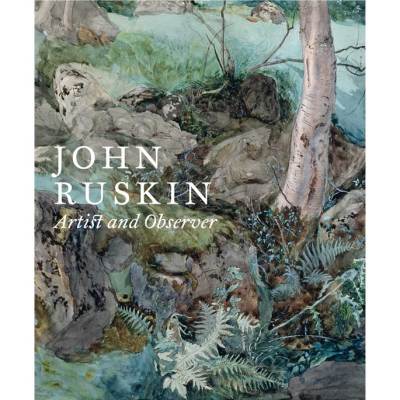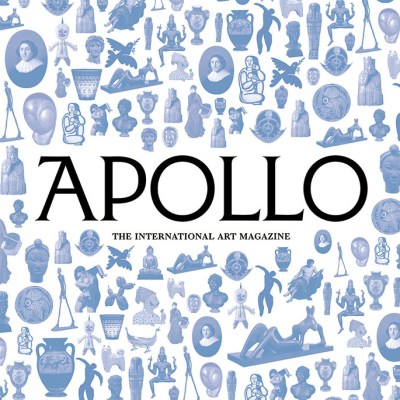What’s the role of museums in the ‘post-taste’ world? That was the question pondered by a panel at the recent ‘Taste After Bourdieu’ conference, hosted by Chelsea College of Art and Design. In a postmodern, globalised cultural context, where do museums sit? Are they didactic, or passive? Do they preserve a dessicated cultural hierarchy, or provide a space for new and exciting ways of thinking about art and culture?
There are two key dynamics at play here: the tastemaking capacity of the institution, and the private individual’s desire to develop and display ‘good’ taste. It’s not hard to find tangible links between museums’ decisions and broader public conceptions of taste. It’s due in large part to Tate, for example, that the YBAs of the ‘90s are now establishment figures. It’s because of the Met and the V&A that fashion can now be considered on an aesthetic and intellectual par with, say, painting. Even inaction can be influential: the longstanding refusal to show any work by Jack Vettriano by National Galleries of Scotland (until a 2011 loan to the Scottish National Portrait Gallery) has shaped perceptions of that artist as a purveyor of middlebrow kitsch.
The museum is in many ways an odd concept, especially when we consider that it’s considerably younger than many of the artworks and artefacts it collects. The great international institutions are, for the most part, establishments of the late 18th and 19th centuries, conceived as Wunderkammer on a grand scale. It’s no coincidence that this period saw a great expansion in ‘taste’ as a bourgeois public concern, rather than the preserve of a narrow, aristocratic elite. The museum made art accessible, but – importantly – it also controlled its presentation and interpretation.
We’ve moved on from the monoculture of our forebears, thankfully, but it would be a mistake to claim that museums have become neutral art repositories. Despite a very real desire to widen access, the average museum visitor is disproportionately middle class, white, urban and university-educated. None of these characteristics are intrinsically good or bad in themselves, but they are indicative of a relationship between privileged social status and ownership of ‘high’ culture. Visiting and engaging with a museum has its own social codes, which quietly shut out those not in the know. It’s a marker of taste and social distinction – we’re back to Bourdieu again – just to be the kind of person who goes to museums. It’s an even narrower mark of distinction to be the kind of person who joins the membership programme and already knows their Bellini from their Boldini. A museum can provoke questions about taste and consumption before we even pass from the entrance hall to the galleries.
We’re faced with a dilemma here. On the one hand, should the presentation of collections attempt a kind of aesthetic relativism? Should we move away from ideas about canonicity and ‘high’ culture to show artworks in a manner free from preconceived notions of taste, and therefore more accessible to a less privileged audience? Or is it a mark of curatorial confidence to attempt an assessment of a work’s worth; its place on a hierarchy that reinforces the primacy of some forms of art over others? It would be naïve to claim that artistic hierarchies no longer exist – for all the talk of a post-taste era bandied about by curators and scholars, the visiting public expect to be presented with something that elevates and educates. ‘Good’ taste is produced in this interaction between artwork and viewer. The question for the modern museum is: how far should it venture to control the interaction?
Related Articles
Editor’s Letter: Connoisseurship now (Thomas Marks)
‘The Educated Eye? Connoisseurship Now’ at the Paul Mellon Centre (Katy Barrett)
Look closer: what art historians can learn from museum education (Ben Street)




